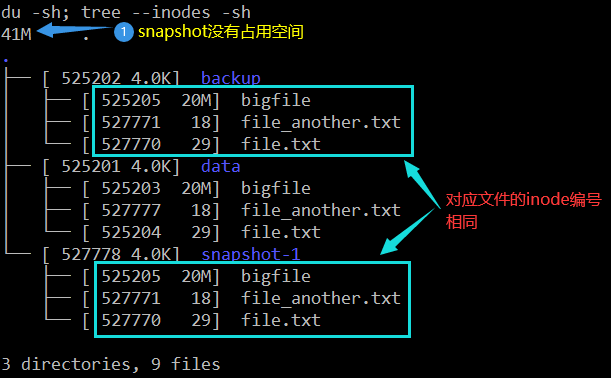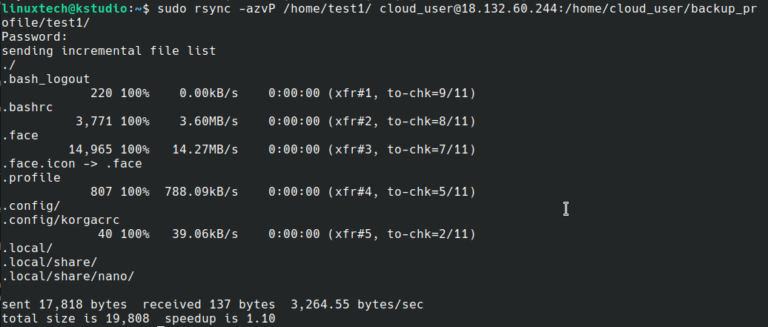
Navigate to \SMSSETUP\Bin\X64 folder and run extadsch.exe as administrator.Ĭheck ExtADSch.log file (Located on system drive)įor SCCM to work we need to install IIS,Net Framework 3.5,Background Intelligent Transfer (BITS),Windows Update Service,Common HTTP Features – Default Document, Static Content,Application Development – ASP.NET 3.5.

To leverage AD, we must extend the schema to create classes of objects specific to SCCM. SCCM uses AD to publish information about its sites and services, making it easily accessible to Active Directory clients. For the permissions, click on Full Control Make sure This folder,existing objects in this folder,and creation of new objects in this folder is selected and click nextĬhoose General, Property Specific and Creation/deletion of specific child objects. Type the name of the SCCM server computer account and click on OK. Open Active Directory Users And Computers (start-run-dsa.msc) ,click on Advanced FeaturesĮxpand System Folder,right click System Manager and click Delegare ControlĬlick on Add, on select users,computers or groups window click on Object Types and check for Computers as object types. Setting permissions allows SCCM site servers to publish site information to the container Setting permissions on the System Management container # Commit the new object to the Active Directory database $SysMgmtContainer = $SysContainer.Create("Container", "CN=System Management") # Create a new object inside the System container called System Management, of type "container"

# Retrieve a reference to the System container using the path we just built # Build distinguished name path of the System container

I used PS script to create container: # Get the distinguished name of the Active Directory domain In AD container SCCM will publish object which need to be published in Active Directory.


 0 kommentar(er)
0 kommentar(er)
